I have an invention Idea but no Money: 13 Proven Steps that Work
Martin Joe
If you have an invention idea and need money to follow through, this article is for you. We all know that one of the most significant roadblocks to getting an invention off the ground is a lack of capital.
If I have an idea for an invention but no money, then how to start an invention with no money, and what is next?
How to invent something with no money? These are common questions you can ask yourself before moving ahead.
Most inventors try several different ways to fund their projects but fail miserably. I want to share a method that has worked very well for me over the years—the patent licensing agreement.
The first patent licensing agreement was created in 1774 by Thomas Denison after he developed a new way to manufacture watches.
He created a contract that allowed other watchmakers to license his invention on a royalty basis, allowing them to produce watches using Denison’s technique if they paid him royalties on each piece sold.
This method of utilizing an invention licensing agreement continued to be used successfully throughout the years by other inventors, allowing them to reap financial benefits for their inventions.
A patent is an exclusive right granted by the government for a limited amount of time in exchange for public disclosure of the invention.
Once an inventor patents their idea, no one else can develop or market that product without approval from the original inventor.
Because someone who wishes to produce another person’s patented invention must receive permission before doing so, patent licenses are necessary.
A royalty is paid to the patent owner (the licensor) in return for this license. This business practice remains strong today, and there has been a great success with companies licensing their products through authorized agents (licensing agents).
Many companies spend large amounts of money each year on research and development to create new products, but they also must plan to market those products for a return on investment.
Inventors can help these companies by creating a product that is either an improvement over their current product or a different invention that fills a need in the company’s line of products.
Most licensing agreements are considered exclusive, which means that the licensor cannot manufacture or sell the licensed product themselves at the same time that they have agreed to give someone else license rights over their patented product.
You can also submit invention ideas for royalties. Selling invention ideas to companies may be fun and not a big deal to make money.
Many companies like tech giants also offer grants for inventions. Make proper research and try to find such companies offering grants for inventions
The companies will also buy your ideas like App ideas and movie ideas. Even, in an era of Information Technology, there has been a boom in start-ups.
Different big giants also offer seed money for those who have invention ideas but no money to fund their projects.
The companies can even buy your product ideas. You can submit your invention ideas under the company’s royalty program and they will pay you.
Also, if someone else wants to produce or market this invention, it will cost them more money because they will be required to pay royalties for using another person’s idea or invention.
An inventor has the choice of selling their product to a company, with or without an agreement for royalties.
However, this is not always the best solution because many companies are risk-averse and don’t want to purchase something they aren’t sure will make their money.
They can also go out of business or change management which could mean that the new ownership/management team would cut off any future royalties.
There are no risks involved with licensing agreements because if someone else wants rights to produce your invention, you only receive a payment if it does well in the marketplace, making money for everyone involved.
Patent licensing agreements have worked well for me over the years as I have licensed several inventions through my patent agent firm AND made good money each time.
I have had great success with this business model because it is a simple and easy-to-follow plan. I can generate income from one invention without dealing directly with all the stress involved in manufacturing the product.
This license fee gives me personal time to create other products which may or may not be licensed later on down the road.
In today’s marketplace, many companies are looking for new ideas that they can put into production. If you have an invention you want to develop but don’t have enough capital to do so, a patent licensing agreement could be your best solution.
You need to find a company willing to pay a royalty on each unit sold if they produce your product – no risk by the inventor – just a simple agreement to trade an idea for money.
I have used this type of business model for years, and it has been very successful every time, allowing me to grow financially over the years by doing less work.
Patent licensing agreements are still being used successfully today by many inventors to generate income from their ideas! So can you.
If you decide to follow my example/success story in return for a license fee on your product.
I’m an “invention agent”, which means I get paid when someone else licenses one of my inventions. This is how it works:
You tell me about your invention, which may or may not be patented already (called prior art), depending on when you file your patent application(s).
If it is not patented, I can file a provisional patent application online for you, which gives you one year to file non-provisional patent applications in many foreign countries.
If I find out that another inventor now patents your idea, I will find a company that wants to license your invention.
Once they agree on a fee, you and I sign a “Patent License Agreement”, which gives them exclusive manufacturing/marketing rights for this particular product in addition to the royalty rate that has been agreed upon.
You never have to lift a finger or spend any money because I handle everything from start to finish with these companies! In turn, you get paid every time the company sells one of these products – easy as pie…I hope you can see how patent licensing agreements are beneficial for both sides – it’s a win-win.
I have an invention idea but no money, this may be a tricky question in this world of technology. We will tell you in this article how you can make money if you have an invention idea.
I have an invention idea but no money- Some Ways To Make Money
Once an investor gets an idea, he is usually quite enthusiastic about it – to the point of overlooking its commercial potential.
This can be a costly mistake since not all good ideas are marketable. Here are some guidelines that may help you make money from your invention. Here are some tips to know how to put an idea into production.
Narrow Your Focus
When developing a new product, consider how it might be sold and what price to both consumers and dealers.
Examine alternative markets for your invention and determine which ones seem most likely in terms of size, profit margins, growth rate, and competition in each field.
Get Help From Others
How to market an invention with no money, this is a question that may attract you. Avoid wasting time on impractical or unprofitable inventions by consulting experts such as market researchers, advertising agencies, and manufacturers’ representatives who specialize in your product type.
They can supply you with current consumer demand, costs, and competition data. You can consult them if their services are usually free or nominal, so take advantage of them if they are available to you.
Otherwise, there are social media platforms like Twitter, Facebook, Instagram, Pinterest, and even Linkedin.
You should market invention ideas on these platforms by inboxing messages to companies and experts.
Size Up Your Competition
Find out the number and kinds of companies selling similar products through retail outlets in your area by looking at ads in newspapers and trade magazines or by writing directly to firms that carry the items advertised, requesting relevant literature on these items – especially catalogs, flyers, and circulars sent to buyers of home furnishings stores in your region.
Get Ready To Manufacture
Before manufacturing a new product, make sure that it is practical for widespread distribution by checking all elements involved in its construction for colourfastness, stability under heat or cold, ease of assembly and so on. This is particularly important when the product is assembled in the buyer’s home.
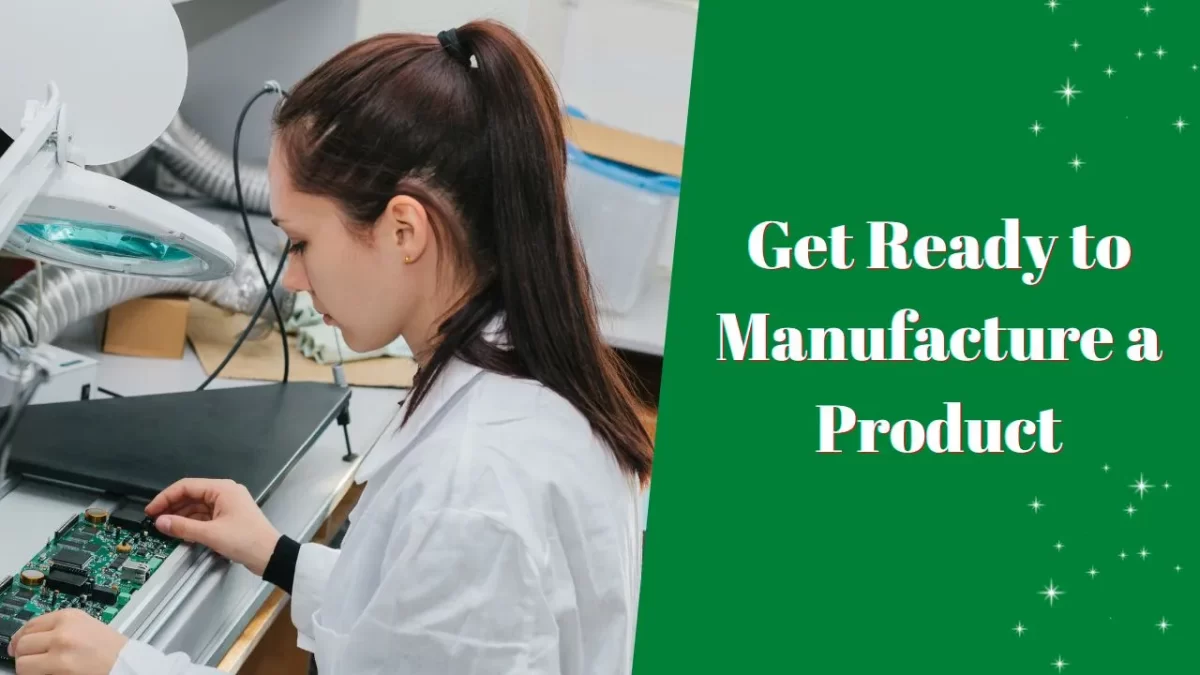
Improve Your Product
Once you have a commercially-viable product, consider ways to improve its design for greater ease of use, durability, or appeal to buyers. Then improve upon your improvements by filing for patent protection.
Get Ready To Market
If possible, make sure that the projected selling price covers all manufacturing costs before you go into production – not only production costs but also dealer markup and shipping charges must be included in this calculation.
If it is impossible to estimate consumer demand accurately enough to set retail prices accordingly without running up substantial excess inventory costs, consult your competitor’s and manufacturers’ representatives for their projected wholesale and retail prices.
This information will provide a reasonable basis for estimating your costs and deciding on the best time to place your product in the market – before or after Christmas, seasonally (for example, during the spring), around special events such as sports championships, etc.
Assess Your Competition
Manufacturers who intend to sell their products at higher than average prices must justify them by highlighting product features that will enhance consumers’ lives and meet the needs not currently being served.
Otherwise, they should price their products to maintain lower markups than those of competing products and still make a decent profit.
If you do not use mass marketing such as advertising or telemarketing to help sell your product, these types of factors are even more critical in getting your product off the ground.
Find The Right Retailer
Before approaching retailers:
- Establish a wholesale price that is low enough to allow for easy acquisition by most retailers in your area without giving away too much of their markup.
- Avoid tough-sell tactics when you meet with buyers – show how easily they can stock and sell your invention at a substantial profit using no extra workforce or floor space.
- Provide them with complete literature detailing its price, features, size and colours available.
- Include dealer samples if possible so they can be displayed in store windows or on shelves along with other similar products offered by competing manufacturers.
- Most importantly, determine the location of each buyer’s store and the best time to call on them to ensure that you will not be regarded as a pest.
Sell The Retailer On Your Product
If possible, obtain the buyer’s commitment to stock your product in their stores before you go into production.
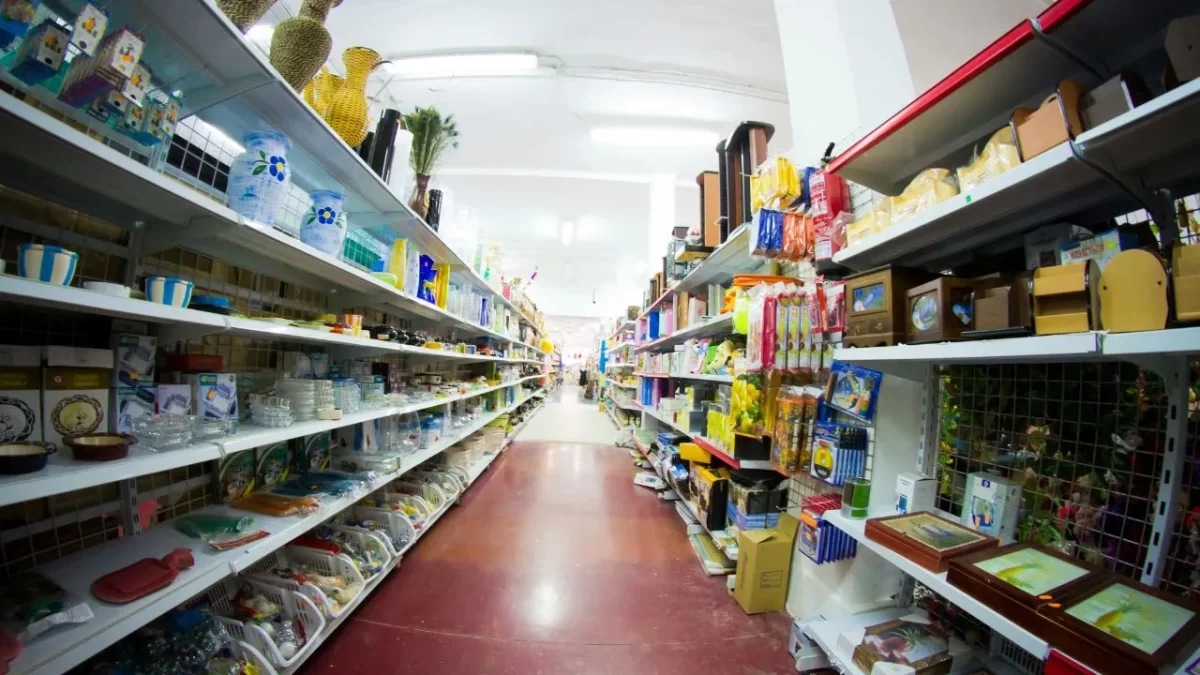
It is much easier for retailers to drop your item from their shelves if they do not like it than it is for them to refuse to take it in the first place.
So make sure that they are willing and able to buy and sell your invention before you begin production.
If this means building up a substantial amount of inventory, put off going into production until just before retailer demand begins increasing rapidly – try to project demand ahead six months or so based on historical sales.
It is also wise to get a retailer’s commitment to buy your product even if it fails in the marketplace, provided, of course, that you do not expect them to take back thousands of units – by which time they will likely be out of date and therefore unsalable – unless you give them an exclusive regional or national distributorship for resale purposes.
For example, suppose a new model is introduced requiring retailers to discard their existing stock at substantial expense. In that case, many of them will refuse, even though they would like to sell your invention.
Hunt an Invention licensing agent
Your invention idea to turn into the product is ready now, you can try to find an invention licensing agent.
A patent licensing agent is available in the market who deals with and represents the product of an investor.
If you are interested to submit ideas for royalties to companies, then you must hunt such agents.
They have been engaged in searching for companies that want to intend licensing those who want to sell their invention ideas in exchange for royalty payments.
Invention Licensing Companies
You can also hunt invention licensing companies without involving agents if you have time.
This may save your commission fee, which you will pay to an agent to hunt a company for you. Here is a list of companies where you can pitch your invention ideas to be turned into products.
List of Companies
Invention City
Anyone can send an idea or sketch for a product design to the site. The company has both free and paid submission forms. Paid submissions are made through the Brutally Honest Review process and cost $95 per idea.
Inventioncity.com
Henkel
Henkel has a partnership program for inventors. Patent holders can submit ideas for all kinds of products.
Henkel.com
Fastcap
Most of the FastCap products start as ideas from contractors and cabinetmakers. The company usually gives 5% royalties for every idea that is presented and then used.
Fastcap.com
Idea Buyer
You can send ideas to Idea.. If the idea is picked, the Idea Buyer comes up with an offer for a joint venture.
Ideabuyer.com
Nokia
You can give Nokia ideas for new inventions. Once an idea is picked, it will go through the privileged route, where the inventor and the company sign a confidentiality agreement.
Nokia.com
Quirky Case
Quirky, one of the first companies to use this business model, is often mentioned as a company that pays people for their product ideas.
Quirky.com
Bosch
Bosch accepts ideas and designs in four product categories: automation, professional tools, do-it-yourself tools, and ECU. Through the Bosch Open Innovation Partnerships, the company is looking for a possible partner to work with on new product designs.
Bosch.com
Under Armour
Under Armour, a well-known clothing brand has an easy-to-use submission form where you can give your personal information and a description of the product ideas.
Underarmour.com
Dorman Products
Inventors can pitch their ideas through either the online form or the new product hotline.
Dormanproducts.com
BD
Anyone can send the company ideas for new products through an online form.
When the design is picked, the company is willing to sign a confidentiality agreement.
Bd.com
Jokari
Jokari has helped inventors create and sell some of the best-selling products, according to its website.
All ideas submitted will go through a third-party company called “Davidson,” which handles all confidentiality issues and manages the idea process.
Jokari.com
Wilson
The company accepts ideas and only agrees with an idea that is already included in a utility patent.
Wilson.com
Escalade
Escalade is another sporting goods company that accepts ideas from the general public.
The submission form is pretty detailed and asks you for information about your product’s existing markets, patent links, media links, and descriptions.
Escaladesports.com
Allstar Innovations
More than two dozen categories of Allstar Innovations products are open for idea submissions. The submission form walks you through a step-by-step process, from choosing the product category to giving details about the product.
Allstarmg.com
Play with a Purpose
Play with a purpose is a toy company that lets you send them ideas. Make sure you choose the right category from the dropdown list on the form.
Pwap.com
Unilever
The company gives a list of specific challenges that your product should solve.
Unilever.com
Mustang Survival
The company sells survival gear and equipment. Mustang Survival is open to new ideas. The proposal could include a drawing or a photo.
Mustangsurvival.com
Hershey’s
You can send the company not only a concept for a product but also ideas for packaging and advertising.
Shop.hersheys.com
3M
Many people say that 3M pays for product ideas. If you need to send a concept to 3M, make sure you have a patent first.
3M.com
Hyde Tools
With a long list of handyman products, it makes sense for Hyde Tools to look for ideas everywhere.
Prepare The Press Kit
Assemble all the necessary information and materials required by editors from newspapers, magazines, and trade journals so that when you submit news releases on your invention via the mail or in person, you can immediately follow up with a phone call.
This technique is particularly effective, and most editors and writers prefer it over e-mails and faxes because of the immediacy of information. The following list provides you with an outline for preparing your press kit:
Include A Prototype
It is tough to get anyone interested in discussing how your invention might be sold without having a working model that they can examine.
If you do not possess the means to construct one yourself, try asking someone who runs their workshop or has access to a 3D design department at a local college, university or high school if you can borrow theirs temporarily.
Alternatively, contact professional model makers at local television stations and newspapers and ask them if they would be willing to construct one for you in return for a suitable reciprocal arrangement.
Include Photographs
Provide several clear and professional photos of your invention, illustrating different views such as the back, front, and sides. Also include shots highlighting its most important features such as size, color, or material.

Most importantly, make sure that at least one photo can be used in all publications without having to be cropped or resized by the editor since this will avoid numerous changes and save you money at the same time.
If possible, use a black background for your photographs to reproduce more easily on newsprint with more miniature dot reproduction because it produces a dark silhouette against which your product stands out better than it does against a white backdrop.
Include A Working Model
Although it is not essential to have a functional model of your invention for inclusion in the press kit, an observer can benefit substantially from seeing one in action.
If you are selling by mail order, including a videotape or audiotape so prospects can see or hear how your product works without having to wait for delivery.
However, be aware that boxes containing moving parts must be secured shut with glue or tape since they do not always arrive intact due to rough handling by the carrier. So, if you have an invention idea but no money, you can follow these steps to achieve some targets.
20 Proven Ways to Make Money while Pregnant
How To Start A Career As A Real Estate Agent?/ 6 methods that work
How To Send Money on A Road Trip?/ 13 Best Ways You Should Know
How to Live on Your Own in the Real World | 20 Practical Steps




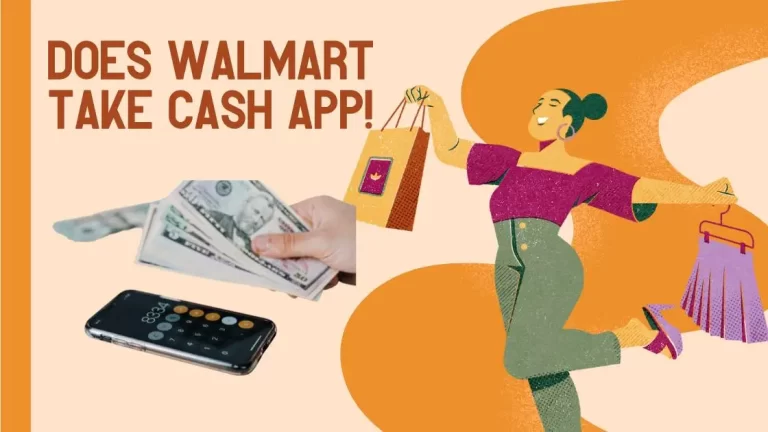
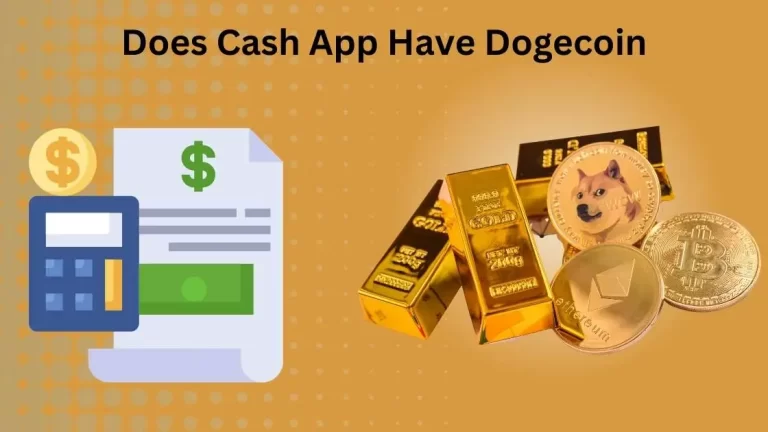
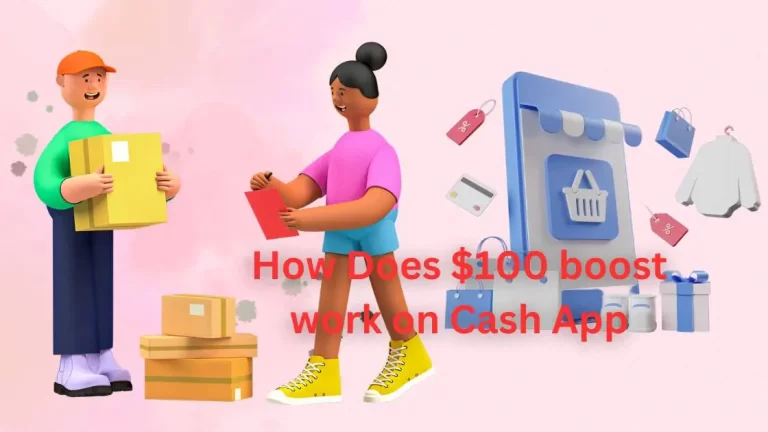
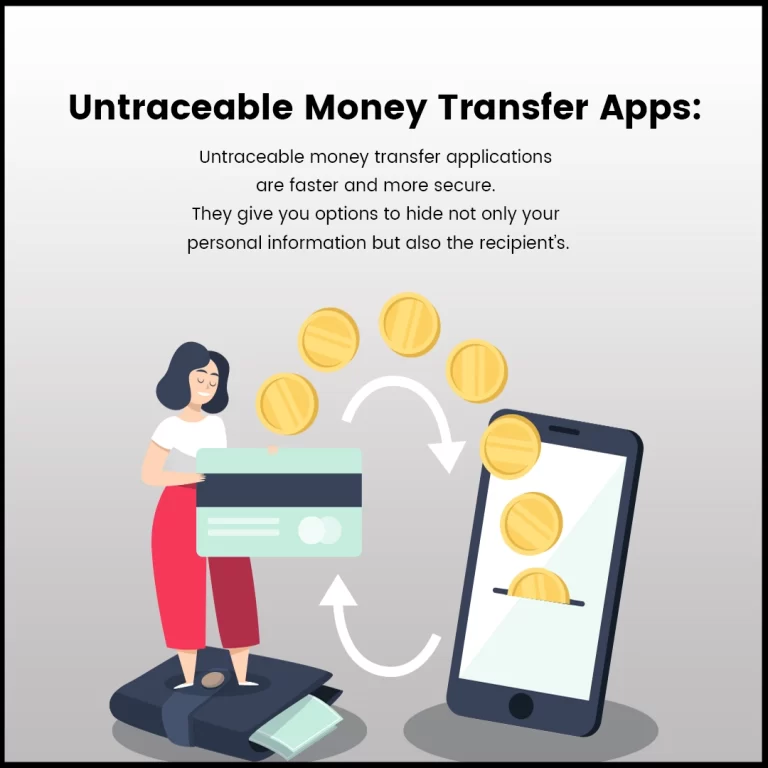
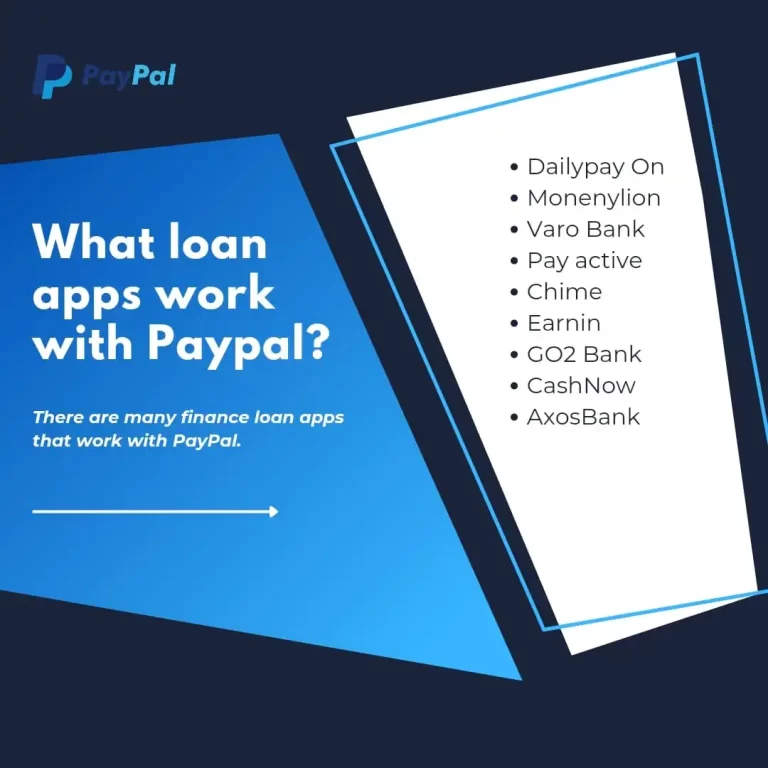
When customers order there food from Uber eats what can be used to keep food warm